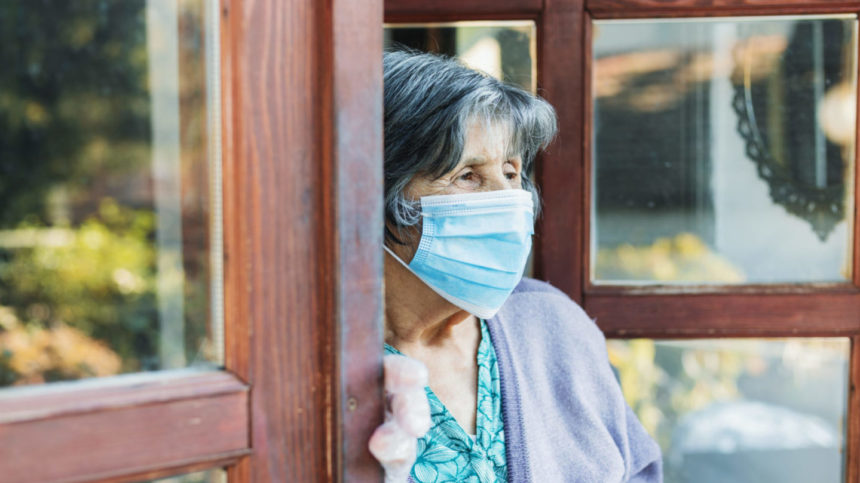
The decline in nursing home cases of COVID-19 has reached 96%, according to a report updated Tuesday by the American Health Care Association.
The latest data from the Centers for Medicare & Medicaid Services charts a steep drop from a Dec. 20 peak of more than 33,000 new resident cases per week to approximately 1,300 per week. COVID-19-related deaths also plummeted: by 91% in the same period, AHCA reported.
This phenomenal change in case rates and deaths does not mean that facilities are home safe quite yet, however. Although only 4.5% of U.S. nursing homes were reporting three or more new COVID-19 cases by Feb. 7, more than 430 saw their first-ever cases in the first six weeks of 2021, according to the United States Public Interest Research Group. These new cases simply could be the tail-end of the winter surge, but the advocacy organization cited several other potential reasons for continued risk. It is urging facility operators and public health officials to stay on their toes.
The U.S. PIRG noted the following reasons to remain optimistic, but vigilant:
- New variant strains that spread faster than the initial version of SARS-CoV-2 are making inroads nationwide.
- The end of the federal government’s Pharmacy Partnership Program has left each facility on its own to encourage and help provide vaccinations to new, willing residents and staff members, and to residents who missed one or both doses during the original vaccination campaign.
- Personal protective equipment shortages still exist, albeit at much lower levels than the 18% reported earlier in the pandemic. The American Rescue Plan, signed into law March 11, which provides $10 billion to purchase COVID-19 related supplies across the U.S. healthcare industry, may help continue to keep shortages at bay.
- Staff shortages are endemic and ongoing. The $250 million earmarked by the ARP to pay for “strike teams” in nursing homes will provide short term relief with additional clinical care and infection control support or staffing during the pandemic emergency and for one year following.
Operators and health officials should take the following actions to help keep skilled nursing facility COVID-19 rates under control, U.S. PIRG said:
- New residents should not be allowed to move in until they’re fully vaccinated, unless they’re coming from a hospital and there is no other option. In these cases, the resident should be quarantined until vaccinated and should be treated only by vaccinated staff members.
- Hospitals should be directed to vaccinate patients with the one-shot Johnson & Johnson vaccine before they’re discharged to a nursing home.
- People planning to enter any long-term care facility should be given priority access to vaccination.
- All nursing homes should be required to report vaccination rates of residents and staff publicly.
- Federal and state governments should prioritize PPE to providers coping with severe shortages.
- Nursing homes should allow select family caregivers to provide care for their loved ones.
- CMS should revise its new guidelines issued March 10 to be more clear about recommended restrictions.
The full U.S. PIRG report is available here.




